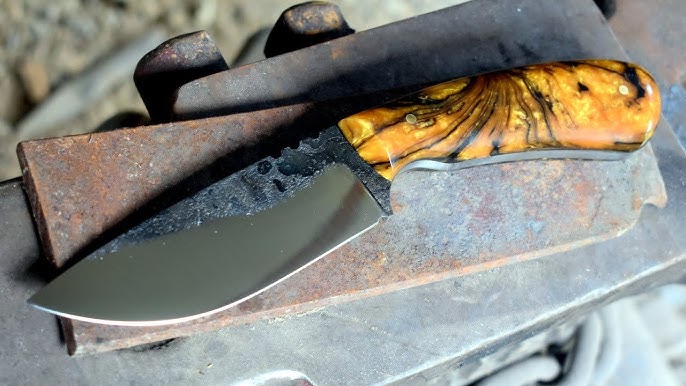In the bustling environment of a professional kitchen, the emphasis on safe handling practices cannot be overstated. Kitchen professionals are often at the forefront of culinary excellence, yet they must also be vigilant about maintaining safety standards to prevent accidents and ensure a smooth workflow. Implementing robust safe handling practices is not just about compliance, but also about fostering a culture of safety and respect among team members.
As kitchen professionals, understanding and applying safe handling practices is crucial. These practices not only safeguard the well-being of the staff but also enhance the overall efficiency and reputation of the establishment. In this comprehensive guide, we will delve into the key aspects of safe handling practices, providing you with actionable insights to implement in your kitchen.

The Fundamentals of Safe Knife Handling
Knives are an indispensable tool in any kitchen. They are also one of the most common causes of injuries in the culinary world. Therefore, mastering the fundamentals of safe knife handling is essential for every kitchen professional. Begin by selecting the right knife for the task. Understanding different types of knife blades can help you make informed decisions on which knife suits a particular task, reducing the likelihood of accidents.
Always ensure your knives are sharp, as dull knives require more force to cut, increasing the risk of slips and injuries. When cutting, use a claw grip to hold the food, tucking your fingers safely away from the blade. This technique not only provides control but also minimizes the risk of cuts. For more detailed guidance on knife handling, consider exploring how to cut with precision without a specific knife here.
Preventing Cross-Contamination
Cross-contamination is a significant concern in professional kitchens. It occurs when harmful bacteria are transferred from one surface to another, potentially leading to foodborne illnesses. To prevent this, kitchen professionals must adhere to strict hygiene practices.
Utilize separate cutting boards and utensils for different types of food, such as raw meats, vegetables, and cooked foods. Regularly sanitize surfaces and wash your hands thoroughly between tasks. Implementing these safe handling practices not only protects your patrons but also upholds the integrity of your culinary creations.
Proper Storage Techniques
Effective storage is a cornerstone of maintaining a safe kitchen environment. Incorrect storage practices can lead to spoilage, waste, and contamination. Kitchen professionals should be well-versed in the principles of proper storage to ensure food safety and quality.
Label and date all stored items to keep track of their freshness and ensure a first-in, first-out (FIFO) system is in place. Store raw meats on the bottom shelves of refrigerators to prevent their juices from contaminating other foods. For more insights on kitchen organization, explore proper kitchen tools and their storage.
Ensuring Personal Safety and Ergonomics
A kitchen professional's safety extends beyond food handling. It also encompasses personal safety and ergonomics to prevent physical strain and injury. Wearing appropriate attire, including non-slip shoes and protective clothing, is a fundamental safe handling practice.
Ergonomics plays a crucial role in maintaining long-term health. Set up workstations at appropriate heights to prevent straining your back and shoulders. Use mats to reduce fatigue from standing for long periods. For more on how ergonomic practices can enhance your kitchen experience, consider reading about knife regulations that impact kitchen safety.

FAQs on Safe Handling Practices
What are the key elements of safe knife handling?
The key elements include selecting the right knife for the task, keeping knives sharp, using a claw grip when cutting, and understanding different types of blades.
How can I prevent cross-contamination in my kitchen?
Prevent cross-contamination by using separate cutting boards for different food types, regularly sanitizing surfaces, and washing hands thoroughly between tasks.
What are the best practices for proper food storage?
Label and date stored items, use a FIFO system, and store raw meats on the bottom shelves to avoid contamination. Proper storage techniques ensure food safety and quality.
This article contains affiliate links. We may earn a commission at no extra cost to you.


























